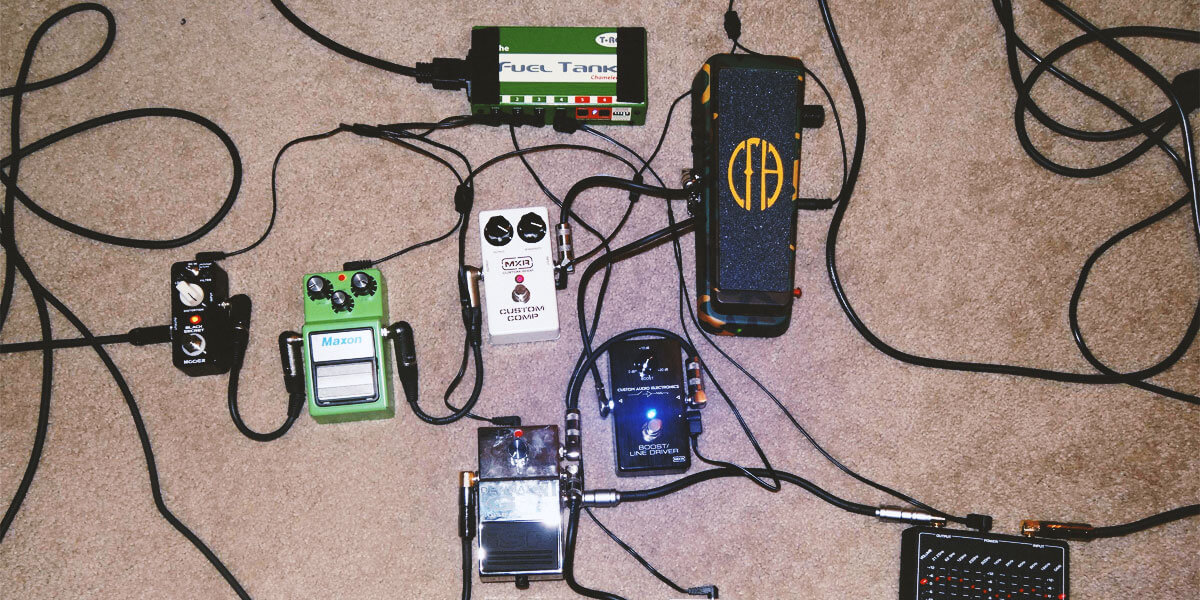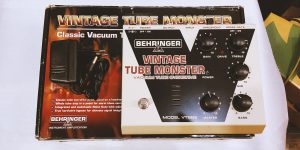When your pedalboard seems unusually noisy, it’s easy to blame the pedals themselves for malfunctioning. Yet, do not rush into making premature conclusions. Instead, you’ve got to find the reason for those deviations. It may turn out that the pedal has nothing to do with humming or buzzing. So, why is the distortion pedal so noisy? Let’s look at the possible causes and how you can handle that.
What can lead to the distortion pedal hum and buzz

Faulty power supply
As you notice noise and buzz from your pedal, you’ve got to check the power supply first. Perhaps, it is faulty or wrong. This can not only lead to unusual noise but also damage the pedal.
An underpowered or low-quality power supply can be to blame for additional noises you hear from the device. Therefore, investing in some 9-volt supply power may make sense to avoid this issue.
Voltage leaking
Sometimes the distortion pedal gives a load of background noise because the capacitors inside the pedal leak some DC voltage. It then builds up in the input and output. When the build-ups discharge into the signal pass, this causes additional noise.
Cables
It comes as no surprise that cables are essential for the proper performance of the pedalboard. If they do not operate properly, you will encounter noisy signals. So, check what cables you are using. Note that they should be short and shielded. If you use cheap standard or patch cables, you will have to replace them to get rid of undesired noises.
A dirty potentiometer
A potentiometer is a part inside the dial that controls the amount of current that goes through it. If it collects dirt or dust, it will interfere with the current, producing an undesirable cracking sound when you use the pedal.
Does the price of the guitar pedal matter?

Not always. Don’t judge pedals by their price. Some relatively inexpensive pedals can be much better than high-cost devices. However, the truth is that both affordable and expensive pedals may lack reliability and have poor build quality. So, it would be wise of you to look at these parameters rather than the price tag.
How to fix the noise problems in your guitar pedal
So, if you are determined to eliminate the crackling distortive sounds in your guitar pedal, here is what you can do.
First, find the reason for the noise issue. If you have no clue what part of your rig is causing it, check all the components that may be to blame for that. I’ve described them above.
Connect your guitar directly to the amp. If you still hear noise, it means that the guitar, amp, or a single cable you are using to connect the pedal generates the noise. In this case, you should replace the faulty component.
Also, check the power supply output. Make sure that it is consistent and not low-powered. Do the same with the cables. Crackling sounds may go away as you change poor-quality or broken cables.
Using the noise gate pedal can help you mute the hum without infringing on the tone.

















